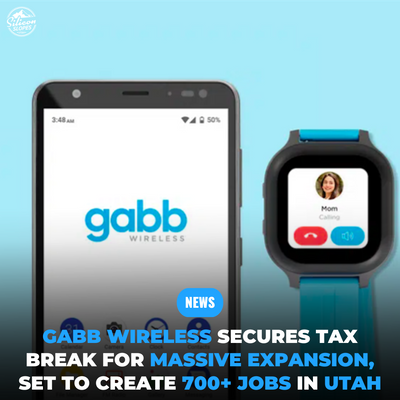This article was written by Savannah Ryan, software developer at Smarty.
Women have made a lot of inroads into the tech world, but we are still underrepresented in computer and engineering fields. In recent years, many top brands have given lip service to the idea of diversity and inclusion. Some have even put dollars behind recruitment programs or benefits designed to help females, like 23andMe’s 16 week paid leave for new parents or Salesforce’s 16 million dollar investment to address gender pay discrepancies.
Some of these ideas have made a modest impact, while others fall flat. The reasons are as varied as the women behind them, but the reality is that there are still not enough women graduating in computer fields or remaining in the workforce long-term.
As a result, brands who genuinely want to increase female representation on their tech staff may find themselves in a serious competition for the top talent. As a young woman who recently went through the job-seeking process in the developer world, let me share some of the things I looked for in a company. Perhaps some of these ideas will spark changes that help more tech brands even out the gender gap.
- Actions, not words. Anyone can say they are supportive of women in tech. I wanted to work for a company that backed up those words with real actions. The company I ultimately landed at, Smarty, already had initiatives in place that told me they take women seriously. As an example, shortly after the NCAA changed their rules on athletes monetizing their name, image and likeness, Smarty entered into an agreement with all 300 athletes at the local university, Brigham Young University. That is the kind of championing of women that says something about a brand.
- Women who work there. Most women aren’t interested in being a token or symbol of diversity for a company. They want what all developers want––a chance to be creative, solve challenges and contribute new things to tech. So if there are no other women working at the company, or the ones who are there have negative things to say, it was a hard pass for me. Luckily, companies may be able to quickly tackle this issue by hiring a “class” of female developers all at once, helping to address diversity numbers without making one woman hold up an unfair burden of representation.
- Student relations. Every company that needs software engineers should be engaged in purposeful outreach with local high schools and universities. Offering internships, sponsoring women in STEM clubs, funding scholarships or even hiring female students for part time jobs can all be great ways to both cultivate the talent of female developers, and earn a lot of good will at the same time.
- A safe (and fun) environment. A good work environment is free of harassment––that’s a given. But there’s more to it than that. Young workers care about community, and female workers especially want a place where collaboration is easy, everyone’s ideas are valued and no one is afraid to speak up when something isn’t working.
- Proactive hiring practices. Because there has been such a hiring discrepancy up to now, closing the gender gap has to be about more than just interviewing female applicants with similar experience to their male counterparts. Many women in tech are re-entering the workforce after a hiatus, or just starting out in a male-dominated field. Opening jobs to women with a strong education and work ethic, but not necessarily a lot of professional experience, is needed to encourage more females in tech. Once they are there, real training and mentorship opportunities are needed to help women move up into leadership roles.
- Willingness to change. Perhaps the most important thing companies can do to open more doors to female developers is be aware that the old ways of doing things aren’t working. Even if a new program fails, the willingness to try something different shows women that they matter. However––if current recruitment and development plans aren’t showing results, consider the idea that it may be because men are still the ones in charge. More women need a seat at the table. They deserve to have input on the values, procedures and initiatives that they are part of. If you really want to help women in tech? Ask them how to do it.








